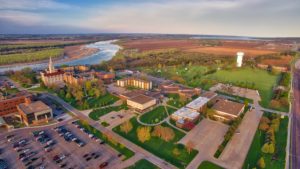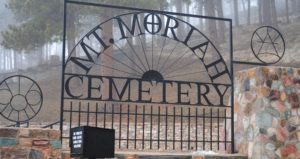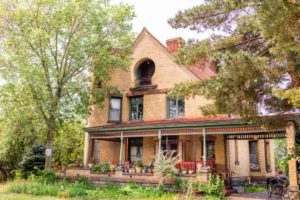The Haunting Legacy of Sioux San Hospital
In the heart of Rapid City, South Dakota, the Sioux San Hospital stands as a monument to a complex and somber history. Initially established as a boarding school for Native American children in the late 19th century, this institution was part of a broader governmental initiative aimed at assimilating Indigenous children into European American culture. These children, removed from their families and communities, were coerced into abandoning their heritage and adopting new customs, a process that caused deep and lasting scars.
Originally designed to educate, the institution evolved dramatically over the decades. By 1933, the boarding school was closed due to the national outcry against the harsh treatments and poor conditions faced by the children. However, it wasn’t long before the buildings found a new purpose. Reactivated in 1939 amidst a tuberculosis epidemic, the facility transformed into a sanatorium, providing medical care to those affected by the disease, and it continues to serve as a hospital to this day.
Unrested Spirits of the Past
Yet, beneath its current role as a healthcare facility, Sioux San Hospital harbors a haunting past. The grounds are rumored to contain unmarked graves of the children who never survived the harsh regimes of its boarding school era, as well as patients from its sanatorium days. These unsettled spirits are said to manifest themselves in various ways, contributing to the eerie atmosphere surrounding the hospital.
Visitors and staff have reported inexplicable phenomena such as hearing the faint sounds of children crying when no children are present, and seeing mysterious orbs of light gliding through the hallways. Most chillingly, there have been numerous sightings of ghostly figures of Native American children outside the building. These apparitions are often seen looking downwards, a somber reminder of their tragic past, and they occasionally approach visitors as if seeking help before vanishing into thin air.
Remembering the Forgotten
The legacy of Sioux San Hospital is a poignant reminder of a painful chapter in American history. It highlights the importance of acknowledging and remembering the injustices faced by Native American communities through initiatives like the National Park Service’s Native American Heritage. Efforts to honor these histories are crucial in healing and educating future generations.
For those intrigued by haunted locales or interested in the history of Native American education and healthcare in the United States, Sioux San Hospital offers a deeply moving experience. Its walls not only tell a story of survival and adaptation but also remind us of the resilience of the human spirit in facing adversity.
As this historical site continues to operate as a modern healthcare facility, it serves both as a place of healing and a memorial to those who suffered through its earlier incarnations. The spirits of Sioux San, whether literal or figurative, compel us to look closely at our past and strive for a more compassionate and informed future.











Leave a Reply